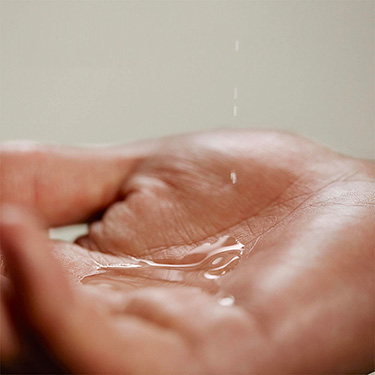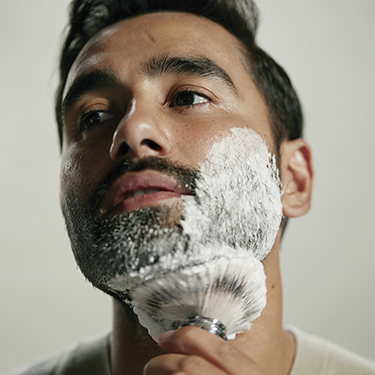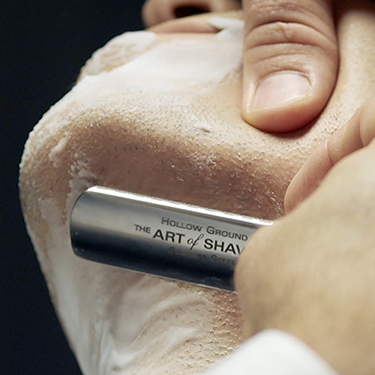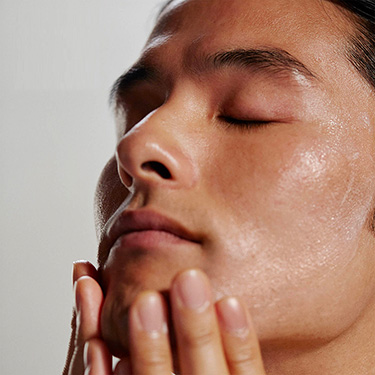Barbers' Tips | The Art of Shaving

ASK THE EXPERTS
PROFESSIONAL TIPS FROM OUR MASTER BARBERS
STEP ONE: PRE-SHAVE OIL
PREP YOUR SKIN
Pre-shave oil offers multiple benefits: it lubricates the skin for a smoother shave, softens beard hairs for a closer cut, and moisturizes the skin, leaving it supple and refreshed. Enjoy a comfortable and effortless shaving experience with noticeably smoother results.


STEP 2: SHAVE CREAM
LATHER UP
Experience ultimate shaving luxury with our high-end shaving cream. Its premium formula creates a rich lather for a smooth, irritation-free shave. Elevate your grooming routine and enjoy flawlessly clean, revitalized skin with every shave.
STEP 3: SHAVING
SELECT A BLADE
Choosing the perfect razor involves considering factors like your skin and hair type, ensuring it's sharp and well-maintained for a smooth and comfortable shave.


STEP 4: MOISTURIZE
SHAVING AFTER-CARE
Experience ultimate post-shave comfort with our 2-in-1 After-Shave Balm & Daily Moisturizer. Get 8 hours of restorative hydration for smooth, revitalized skin all day long. Elevate your grooming routine now.
